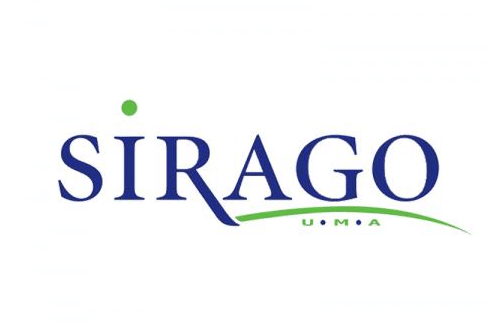Breast reconstruction with an implant or tissue expander
Breast Reconstruction with Implant or Tissue Expander: Restoring Form and Confidence
Breast reconstruction is a transformative procedure that helps individuals regain their self-esteem and sense of wholeness following a mastectomy or breast tissue loss. One approach to breast reconstruction involves the use of implants or tissue expanders. This technique offers flexibility, customization, and aesthetic restoration. This comprehensive guide explores the process of breast reconstruction with implants or tissue expanders, encompassing indications, surgical techniques, benefits, potential risks, and references for further reading.
1. Indications for Breast Reconstruction with Implants or Tissue Expander
Breast reconstruction with implants or tissue expanders is recommended for individuals who have undergone mastectomy due to breast cancer, trauma, or congenital factors. It is particularly suitable for those seeking a less invasive reconstruction option that can be tailored to their preferences and body type.
2. Surgical Techniques
Breast reconstruction with implants or tissue expanders involves several stages:
Stage 1: Tissue Expander Placement
Mastectomy: If not already performed, a mastectomy is done to remove breast tissue.
Tissue Expander Placement: A tissue expander, a temporary implant, is inserted beneath the chest muscle. It is gradually filled with saline solution through a port to stretch the skin and create space for the permanent implant.
Stage 2: Permanent Implant Placement
- Implant Exchange: Once the skin is adequately stretched, the tissue expander is replaced with a permanent breast implant. Implants come in various sizes, shapes, and materials (silicone or saline) to achieve the desired outcome.
3. Benefits of Reconstruction with Implants or Tissue Expanders
Less Complex: Reconstruction with implants or tissue expanders is generally less complex compared to other techniques involving tissue flaps.
Customization: Implant size and shape can be customized to align with the patient’s preferences and body proportions.
Less Invasive: This approach typically involves shorter surgery times and recovery periods compared to tissue flap reconstruction.
4. Potential Risks and Considerations
While breast reconstruction with implants or tissue expanders has several benefits, it’s important to consider potential risks:
Implant-related Issues: Implants may rupture, leak, shift, or lead to changes in breast sensation.
Capsular Contracture: Scar tissue may form around the implant, causing firmness and discomfort.
Infection: Infections at the surgical site or around the implant can occur.
Aesthetic Considerations: Achieving symmetry and natural appearance may require multiple procedures.
5. Post-Operative Care and Recovery
Following breast reconstruction with implants or tissue expanders, proper post-operative care is essential:
Recovery Period: Patients should follow their surgeon’s guidelines for post-operative care, which may include restrictions on physical activities.
Monitoring: Regular follow-up appointments allow the surgeon to monitor healing and address any concerns.
6. References for Further Reading
Albornoz, C. R., Bach, P. B., Mehrara, B. J., Disa, J. J., Pusic, A. L., McCarthy, C. M., & Cordeiro, P. G. (2013). A paradigm shift in US breast reconstruction: increasing implant rates. Plastic and Reconstructive Surgery, 131(1), 15-23.
Kronowitz, S. J., & Robb, G. L. (2006). Breast reconstruction with postmastectomy radiation therapy: current issues. Plastic and Reconstructive Surgery, 118(1), 93-102.
Wilkins, E. G., Cederna, P. S., Lowery, J. C., Davis, J. A., Kim, H. M., Roth, R. S., … & Chao, K. (2000). Prospective analysis of psychosocial outcomes in breast reconstruction: one-year postoperative results from the Michigan Breast Reconstruction Outcome Study. Plastic and Reconstructive Surgery, 106(5), 1014-1025.
Fischer, J. P., Wes, A. M., Tuggle, C. T., Serletti, J. M., & Wu, L. C. (2013). Risk analysis of early implant loss after immediate breast reconstruction: a review of 14,585 patients. Journal of the American College of Surgeons, 217(6), 983-990.
Nahabedian, M. Y. (2017). Breast reconstruction after mastectomy: a review of the latest techniques. Current Opinion in Obstetrics and Gynecology, 29(2), 73-78.
Conclusion
Breast reconstruction with implants or tissue expanders is a popular and effective approach to restoring breast appearance and self-confidence after mastectomy or breast tissue loss. This technique involves placing temporary tissue expanders to gradually create space for permanent implants, which can be customized for size and shape. While this approach is generally less invasive than some other reconstruction techniques, potential risks such as implant-related issues and complications should be considered. Proper post-operative care and regular follow-up appointments are crucial for successful outcomes. Individuals considering breast reconstruction with implants or tissue expanders should consult with a skilled plastic surgeon to discuss their options, preferences, and expectations for the procedure.


































